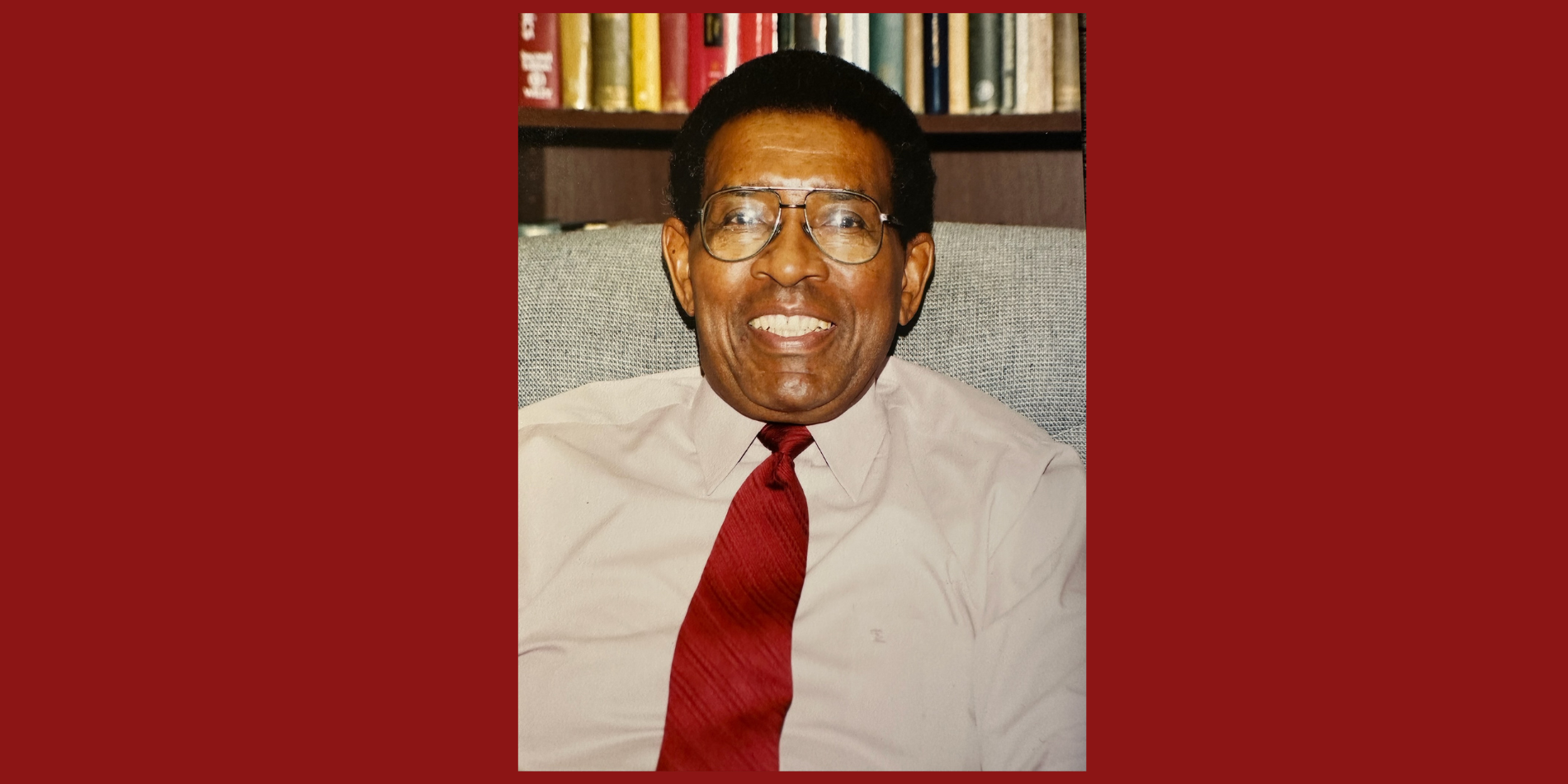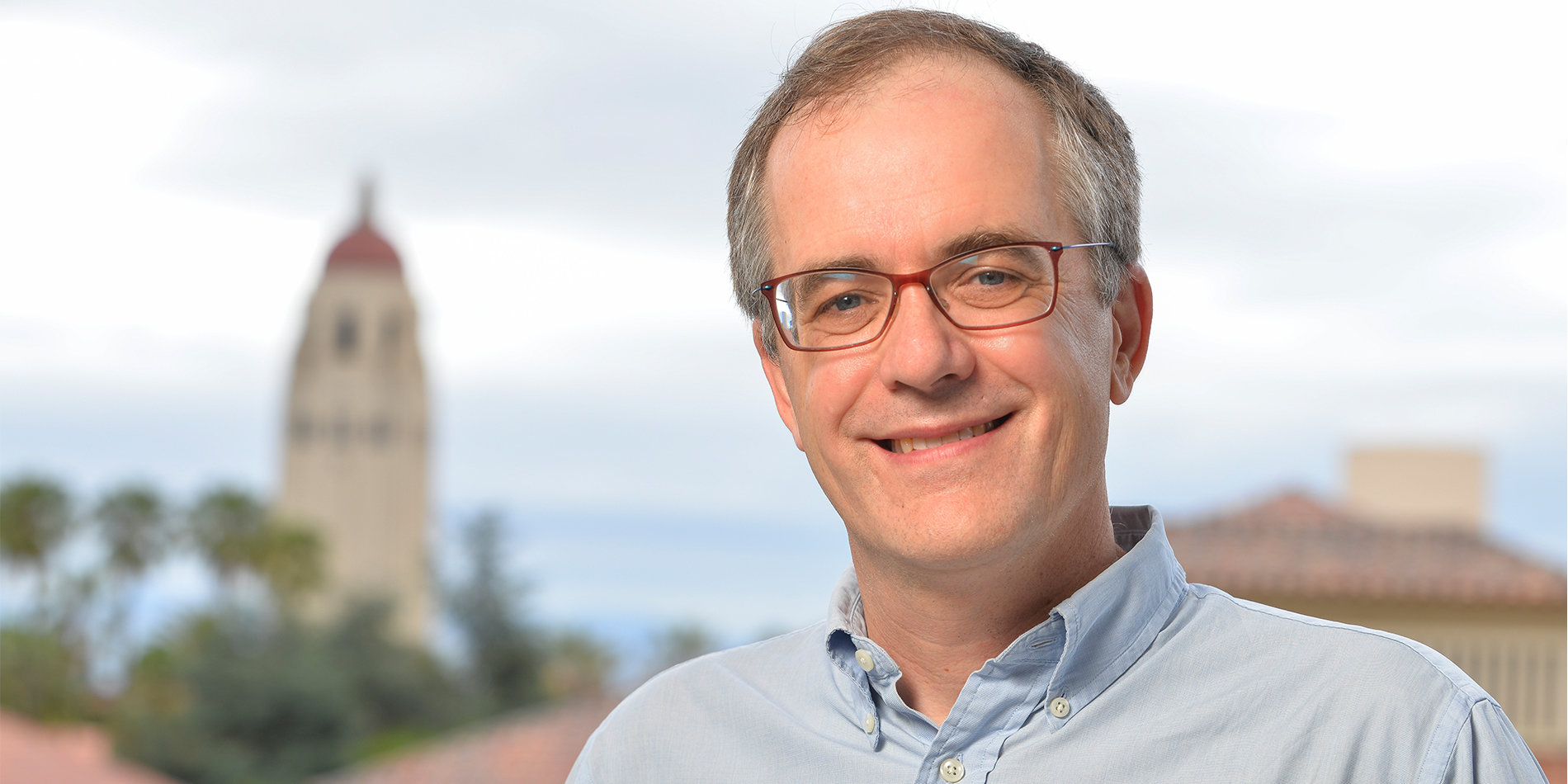Clayton Bates Jr., expert on photoelectronic materials and devices who worked to promote equity in STEM education, has died
Clayton W. Bates Jr., a professor emeritus of materials science and engineering and of electrical engineering at Stanford University, a noted expert in photosensitive materials, and a pioneering advocate for the inclusion of Black students in STEM fields, died Feb. 18, 2024. He was 91.
Bates spent the first 10 years of his career in industry, which included work in circuit design at RCA and design of nuclear reactor controls for the atomic submarine Seawolf at Ford Instruments. He went on to become a senior engineer at Varian Associates, where he was one of the principal creators of an X-ray intensifier tube for diagnostic radiology that became standard equipment in hospitals around the world. He won Varian’s sabbatical award for 1967-68, which led him to England, where he worked as a reader (associate professor) at the Imperial College of Science and Technology in London.
That experience ignited an interest in teaching, which Bates was able to fulfill when he was recruited to Stanford by friend and colleague Arthur Bienenstock, who had recently joined the faculty to work in the area of X-ray science. The two were friends as graduate students at Harvard University, and later, while Bates was at Varian, reconnected to collaborate with one of Bienenstock’s graduate students on a paper detailing the use of electron spectroscopy for chemical analysis to understand the properties of amorphous materials.
“I thought he’d be perfect for the Stanford faculty, and I encouraged Materials Science to hire him,” Bienenstock says. “Bill Spicer, a renowned Stanford professor of electrical engineering, also knew of Clay, and was a big advocate for him.”
Bates joined Stanford as an associate professor with a joint appointment in electrical engineering in 1972, earning a full professorship in 1977. He was the first Black faculty member to hold a tenure-track appointment in Stanford’s School of Engineering and to earn tenure at the school. His expertise was in solid-state physics, and he was particularly interested in photoelectronic materials and devices. His work focused on the unraveling of processes involved in the interaction of photons and electrons with the very complex materials used in photoelectronic sensing devices. He was one of the first scientists to use X-ray photoelectron spectroscopy on glasses to determine their electronic structure. Pushing the frontiers of science was one of his biggest pleasures, he told Stanford News in a 1983 interview.
“This is what keeps us going, the excitement of the hunt,” he said. “So long as you keep enthusiastic you can keep going. Some people call research a rat race, but I don’t know of anything else in the world I would rather be doing.”
During his time at Stanford, Bates taught undergraduate courses that he described as “introducing students to the fascinating world of materials used in our everyday lives, and to the basic techniques of materials research,” as well as graduate courses in quantum mechanics and solid-state physics, including a laboratory course on photoelectronic materials and devices.
Among the many students Bates mentored was Bel Haba, currently senior fellow and vice president of Adeia Corporation, where he focuses primarily on microelectronic research. Bates served as Haba’s advisor for both his master’s degree and PhD in materials science and engineering from 1983 to 1989.
“He was more than an advisor,” Haba said. “I came to Stanford from Algeria in North Africa. I didn’t speak English well and didn’t understand the culture here. Professor Bates guided me all the way until I felt comfortable, and after graduation we stayed in touch despite my moving around the world.”
Significantly, Bates was committed to serving as both a formal and informal advisor and mentor to Black students and staff in science and engineering. In 1973, shortly after his arrival at Stanford, he and a group of graduate students founded the Stanford Society of Black Scientists and Engineers, an affiliate chapter of the National Society of Black Engineers. He and his wife, Priscilla, worked as resident fellows for three years, serving first at Roble Hall and then at Lagunita’s East Court, where they guided the Black theme house.
Mark Gibson, lab services coordinator at the Geballe Laboratory for Advanced Materials, had just joined the Geballe staff when he first met Bates.
“I was 23 years old, naïve and feeling pretty intimidated,” he says. “You could see that Clay was a senior professor and knew how to communicate with young people, especially a young Black man. He made a point to help me understand how to navigate in this new place. I knew that Clay and I were truly a minority in this environment, but he made it abundantly clear to me that whatever fears or uncertainty I had, above all I needed to be myself and not be intimidated by anything.
“He was reserved and conservative in how he conducted himself, but when he spoke, you had no choice but to listen,” Gibson said. “He inspired me, and he was beyond courageous. He had silent superiority.”
Bates’ son, Chris Bates, always recognized his father’s love of teaching and mentoring, he says.
“When my dad would express his love for the sciences, it always revolved around the students,” he says. “It was his desire to mentor and nurture young brilliant minds and help give them the opportunity to change the world through science. I don’t think that his research, the patents he had, or the technology he developed would have meant much to him if he hadn’t been able to share it with other people and have others build on the work he was doing. Those things were inextricably connected.”
His father was also focused on creating long-term change, he says.
“I think he wanted to pave a path for young students of color who are interested in the sciences, and help guide them through the hurdles he’d faced, and to help set up more institutionalized apparatus for students of color to engage with. He was proud of doing that,” Bates said.
Clayton Wilson Bates Jr. was born Sept. 5, 1932, in Harlem, New York. He earned his bachelor’s degree in electrical engineering at Manhattan College in 1954, and a master’s degree in electrical engineering from the Polytechnic Institute of Brooklyn in 1956. He earned a second master’s degree in applied physics from Harvard University in 1960 and went on to earn a PhD in physics from Washington University in St. Louis in 1966. In 1994, after becoming an emeritus professor at Stanford, Bates accepted a faculty appointment in the College of Engineering, Architecture, and Computer Science at Howard University in Washington, D.C., where he established the first interdisciplinary graduate program in materials science and engineering at a historically Black college or university. Two years later, having been appointed associate dean for graduate education and research, he established a broader set of interdisciplinary graduate programs at Howard.
He was predeceased by his wife of 52 years, Priscilla S. Bates, and is survived by his three children, Katherine Bates, Christopher Bates, and Naomi Haines, son-in-law Jason Haines, and grandson Jett Haines.



